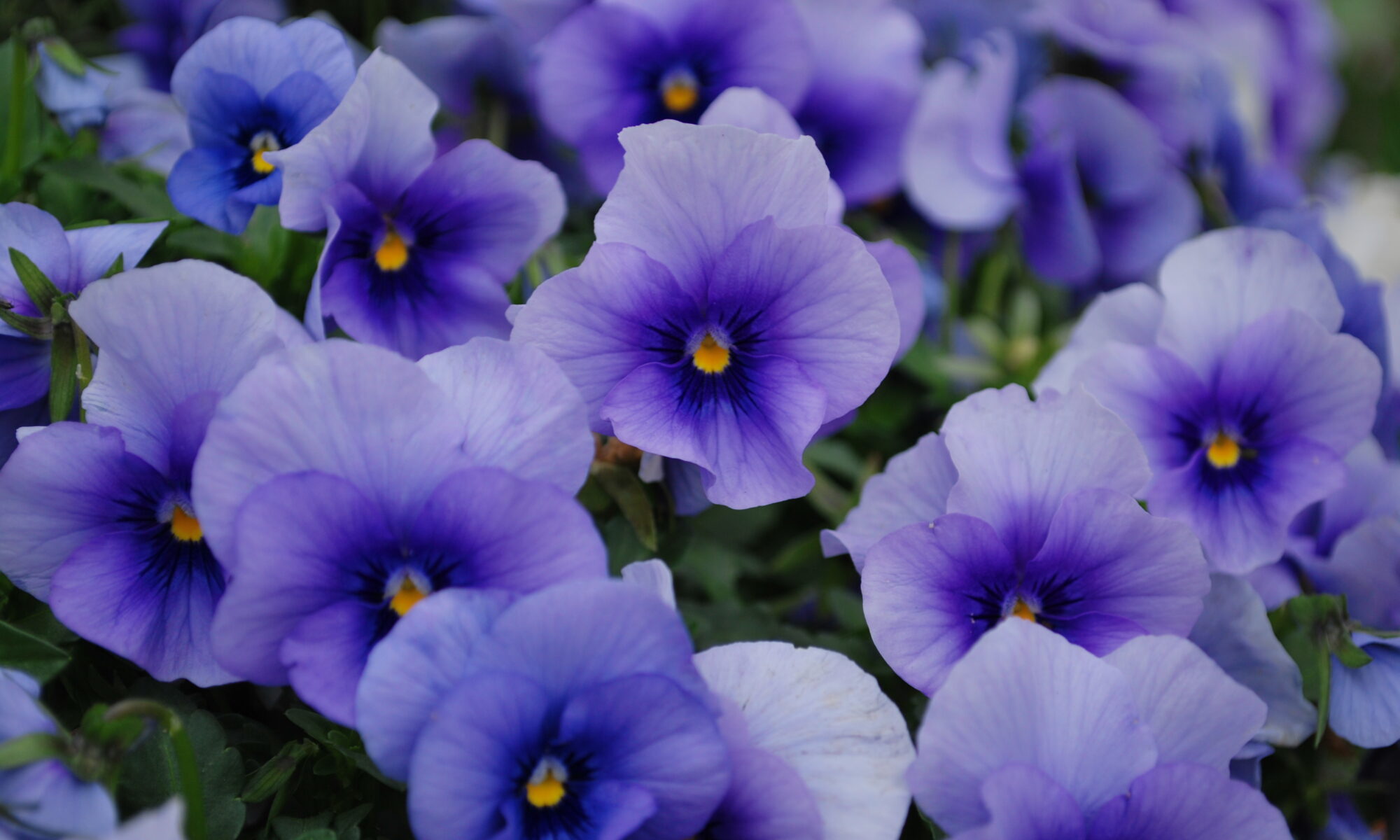Originally posted on the Horticultural Therapy Institute blog
Plants have acclimated to grow in all sorts of climates and growing conditions, whether they are cloud forests and rainforests or aquatic, alpine, or desert habitats. Native plants in these ecosystems have adapted to the soils, temperatures, precipitation, wind, and other unique conditions of their habitats. This is evidenced by their growth habits, methods of pollination and seed dispersal, and other plant characteristics.
Through in-depth examination and discussion of plant adaptations to their habitats, horticultural therapy clients can translate stories of plants’ resilience to personal experiences in challenging situations. Plant adaptations don’t happen overnight, and this perspective may help cultivate insight on current personal challenges. One might ask, “If a plant can grow, flower, and survive in a tough environment, I might be able to adjust and thrive despite the challenges of my own situation.”
One example of adaptation involves plants that grow in the hot, arid conditions of the desert. We may think of the desert environment as extreme and brutal, but the plants that live there have adapted to flourish in these conditions. Check out some of the ways in which desert-inhabiting plants have learned to survive despite the odds.

Many plants have thick succulent leaves, stems, and roots (which are often extensive root systems). These allow plants to soak up as much water as possible during infrequent periods of rainfall and store it for the dry spells. The plants then often conserve resources and expend less energy, resulting in slow growth habits. The slower they grow, the less food and energy is used.

Some desert plants have minimal to no leaves or shed leaves during times of drought so as not to use all the plant’s energy in sustaining a sizable leaf canopy. Despite having no leaves, cactus stems are able to conduct the process of photosynthesis. Ever notice how some cacti, like barrel cactus, have a “ribbing” on their stems? This acts like an elastic waistband, allowing the stem to swell as it absorbs water when it rains and shrink as it conservatively uses its resources during dry spells.

The “hair” on plants helps to shade the leaf surface and reduce water loss. Plus these hairs and thorns of plants make them much less palatable for animals to munch.

The waxy coating of leaves and stems also help to reduce water loss.

The leaf arrangement and growth habits of some plants help to efficiently manage exposure to the sun and elements.

Several flowering plants conserve energy by opening their blooms for a brief period at certain times of the day. Blooms open up at the time of day when their pollinators are most active and then are closed the rest of the day.
Examining plant adaptations with clients in therapeutic horticulture activities
To engage clients, research and make a list of your area’s growing conditions and native plants. Or, select a different ecosystem to study. This can be done either with clients or during pre-session preparation. Have living specimens, pressed plant material, and/or photos of native plants in their habitats available for client interaction. Discuss what qualities make them suitable for growing in this environment. Note how plants don’t all adapt in the same way – for example, some plants have thorns that are a visual and physical deterrent that keep them from being eaten by animals, while others contain poisonous compounds that make them undesirable. Encourage client discussion to similarly evaluate the characteristics of their own environments (the people, situations, culture, etc. in these surroundings) and identify personal adaptations and healthy coping strategies that can enable them to grow and thrive in these surroundings.
 For succulent plant activities, plant individual or group dish gardens or open terrariums with succulent plants that offer diverse characteristics. Encourage clients to select a favorite plant and explain what is interesting about it. Explore the senses by blending a special soil mix with sand and/or gravel, ideally suited for succulents. Add a creative flair with colored sand and aquarium gravel as a mulch. Repurpose objects, like colanders, old shoes, and strawberry jars, as planters for succulents. Use woodworking skills to craft wood scraps into planting troughs and then use a woodburning tool to etch inspirational phrases on the side (as shown in photo). (Note: use caution when working with thorny or caustic succulents and gravel and when using woodworking and woodburning tools.)
For succulent plant activities, plant individual or group dish gardens or open terrariums with succulent plants that offer diverse characteristics. Encourage clients to select a favorite plant and explain what is interesting about it. Explore the senses by blending a special soil mix with sand and/or gravel, ideally suited for succulents. Add a creative flair with colored sand and aquarium gravel as a mulch. Repurpose objects, like colanders, old shoes, and strawberry jars, as planters for succulents. Use woodworking skills to craft wood scraps into planting troughs and then use a woodburning tool to etch inspirational phrases on the side (as shown in photo). (Note: use caution when working with thorny or caustic succulents and gravel and when using woodworking and woodburning tools.)
Sources:
Missouri Botanical Garden, “Biology of Plants: Plant Adaptations.”
Arizona-Sonora Desert Museum, “How Plants Cope with the Desert Climate.”
National Park Service, “Plant Adaptations.”
Originally posted on the Horticultural Therapy Institute blog
